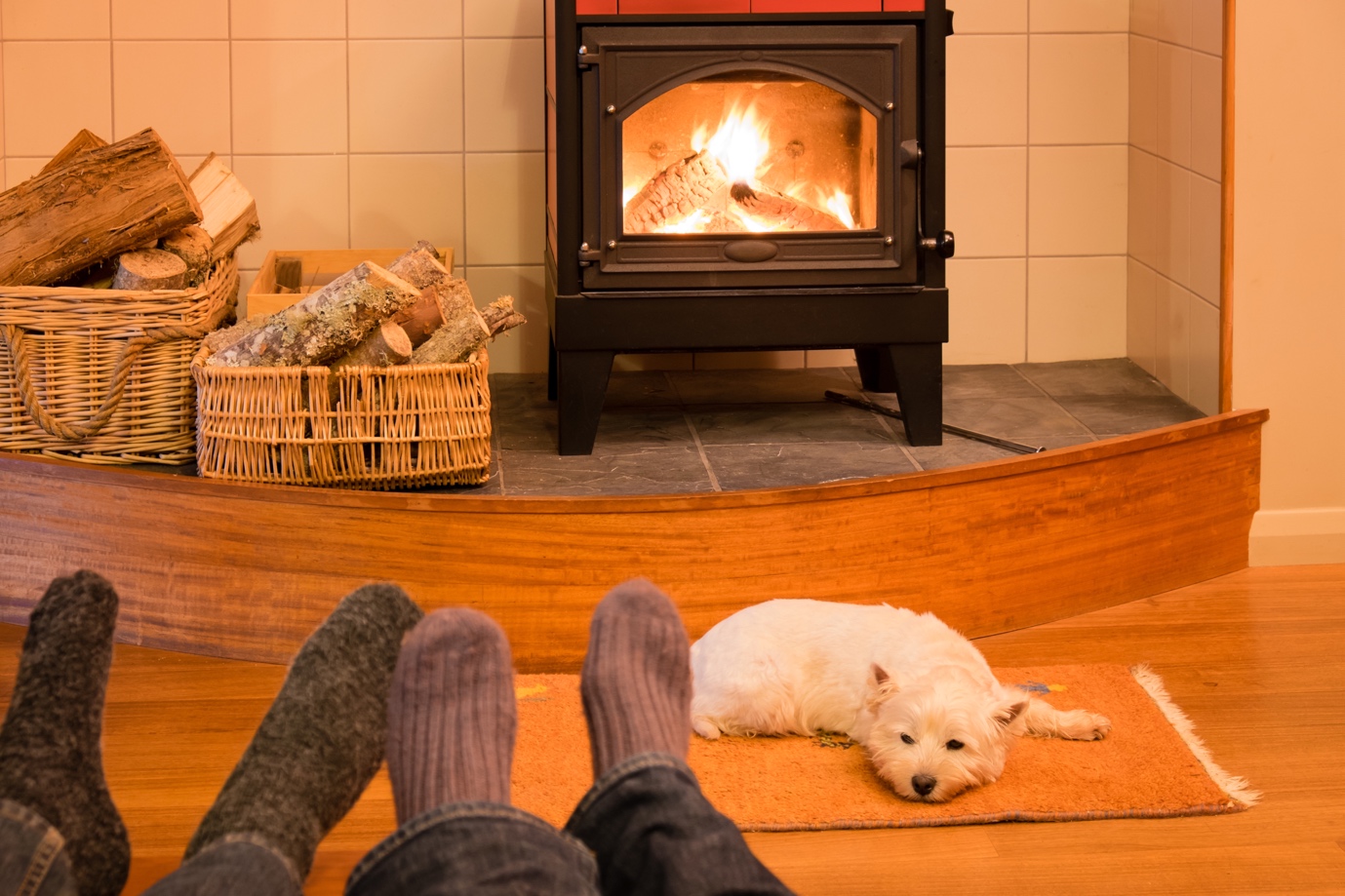Soaring demand pushes stamp duty receipts to hit record high in Q3

The government has updated their quarterly stamp duty statistics for Q3 – showing that homebuyers in the UK paid more in stamp duty in the three months leading up to September than ever before. The total stamp duty receipts on residential properties reached £3.59 billion in Q3, eclipsing Q2’s figure by 21% and standing at 46% higher than the Q3 figure in 2021. From September 2021 to September 2022 the significant demand in the UK property market drove receipts over £12 billion – 28% higher than the pre-pandemic 12-month high of £9.47 billion reached in 2017. Group Chairman of stamp duty experts Cornerstone Tax, David Hannah, believes that the increase in the sales of high-end properties over the past year could have been a major factor pushing receipts to a new record.
Plans to cut stamp duty were announced as part of the infamous mini-budget in order to aid economic growth by allowing more people to move homes and provide first-time buyers with a better chance to get on the property ladder. One of the few announcements which the government hasn’t U-turned on, the change will see the stamp duty threshold – the price at which buyers have to begin paying the levy – double from £125,000 to £250,000. A measure will also be introduced which allows first-time buyers to avoid the stamp duty on the first £420,000 of their purchase, and the increases the value of the property which first-time buyers can claim relief from £500,000 to £625,000. Overall, the steps taken mean that 200,000 people will be relieved of paying stamp duty altogether.
Stamp duty is an important cost to consider when buying a house but is often overlooked. Research from property tax experts, Cornerstone Tax, shows that 61% of homeowners said that they have never considered whether there was a mistake in the stamp duty they paid. Conversely, the research also reveals that 13% of homeowners said they feel they were wrongly forced to pay too much stamp duty.
David Hannah, Group Chairman at Cornerstone Tax discusses the stamp duty tax gap:
“The government has released the stamp duty statistics for Q3 which unveils some interesting points. The most prominent is that stamp duty receipts hit a new record for residential properties – £3.59 billion, I think this can be attributed to the rise in the purchases of properties over £1 million over the third quarter. The rise in the sales of high-end property has been impacted by the fall in the pound, which has made the UK property market a more attractive investment opportunity for overseas investors – particularly those looking to purchase luxury properties.
“The cut in stamp duty that was announced in the infamous mini-budget hopes to provide first-time buyers with a better chance to get on the property ladder. Properties in the UK stand at the most unaffordable levels ever, meaning this is a crucial step that will provide people with a much-needed boost in terms of their spending power. Fundamentally, stamp duty is something which can delay the process of buying a house and add extra unforeseen costs for those who aren’t aware of it.
“The cut raises the threshold of how much a property has to cost before paying stamp duty to £250,000, doubling from the previous £125,000. First time buyers previously paid no stamp duty on the first £300,000 – this will also be increased to £420,000, and the value of the property which first-time buyers can claim relief on will go from £500,000 to £625,000. Overall, the steps taken mean that 200,000 people will be taken out of paying stamp duty altogether. With figures released earlier this year from Zoopla showing more homes have been pushed into the higher stamp duty bracket, the need for the brackets to be increased in line with inflation is evident.”






